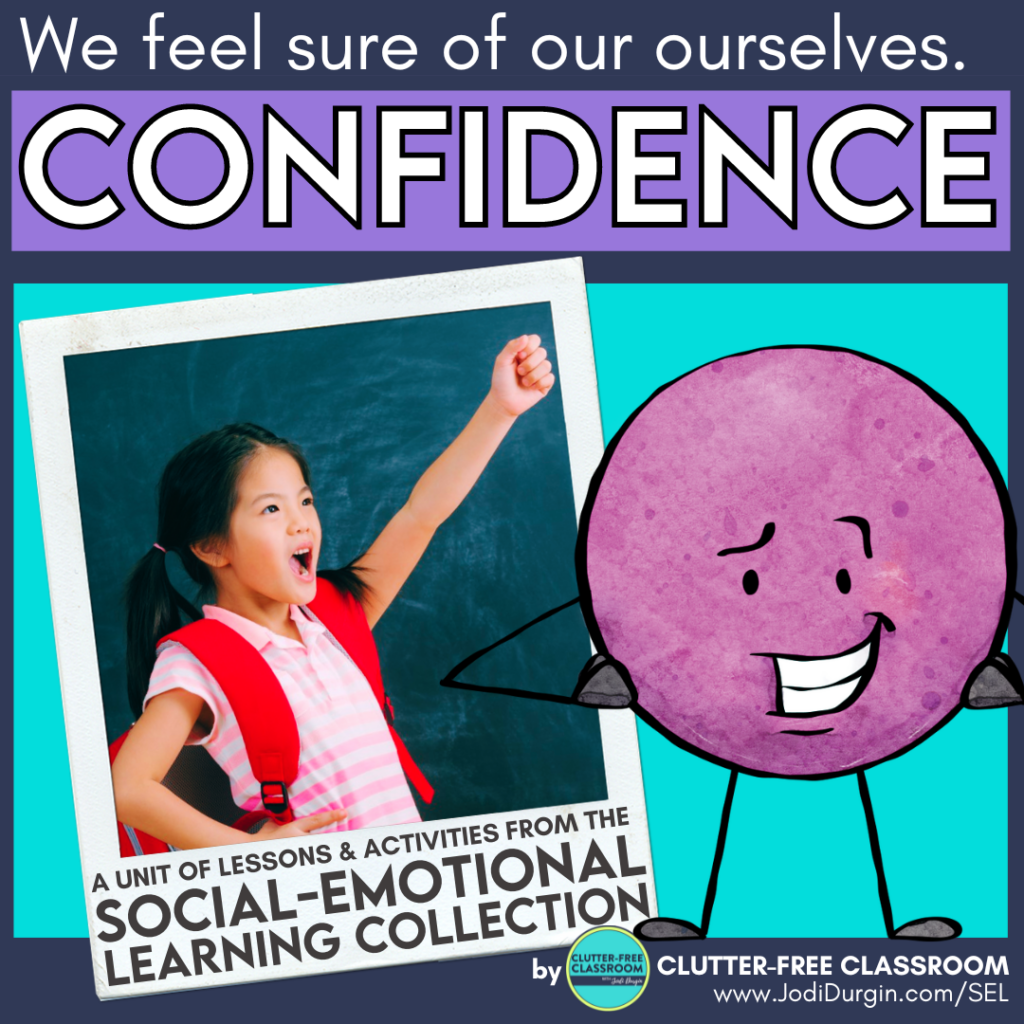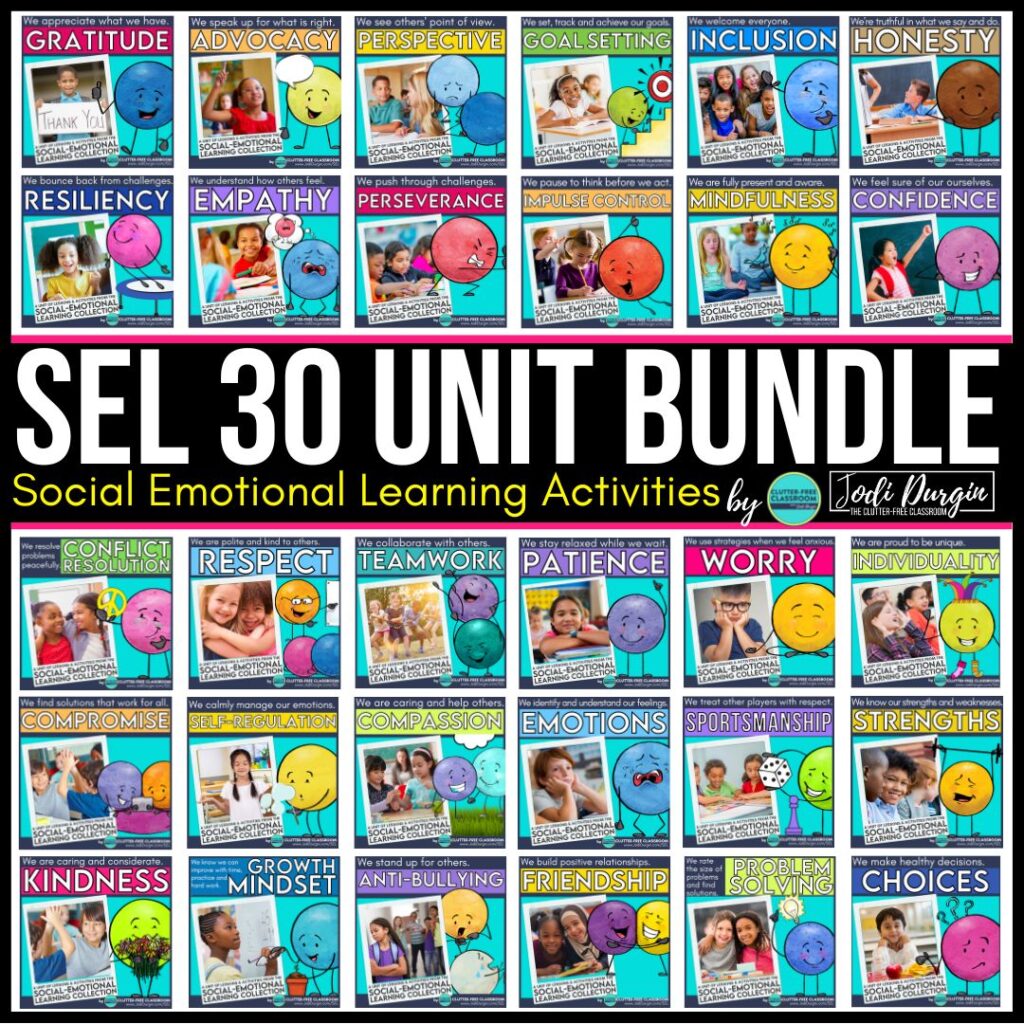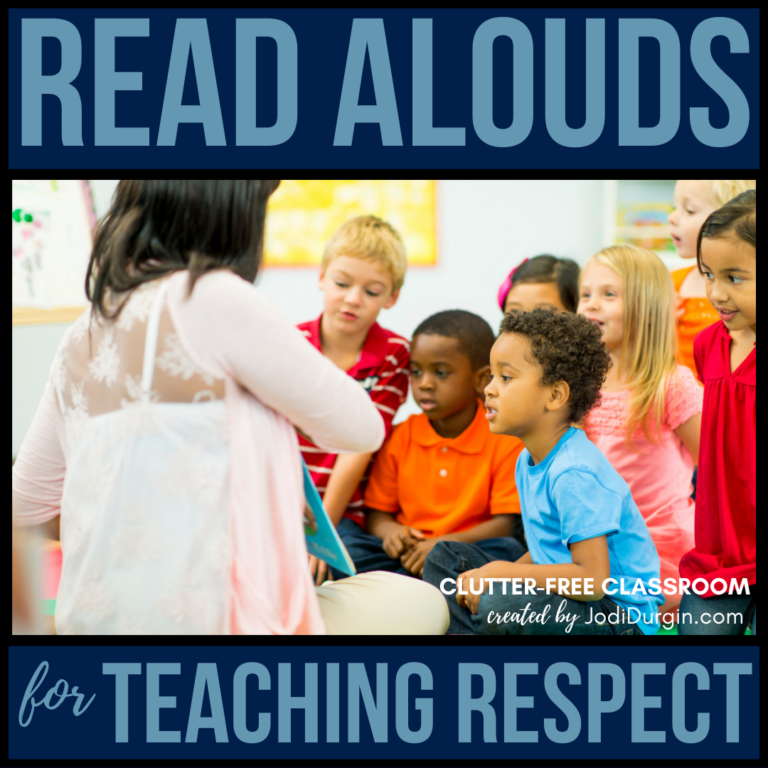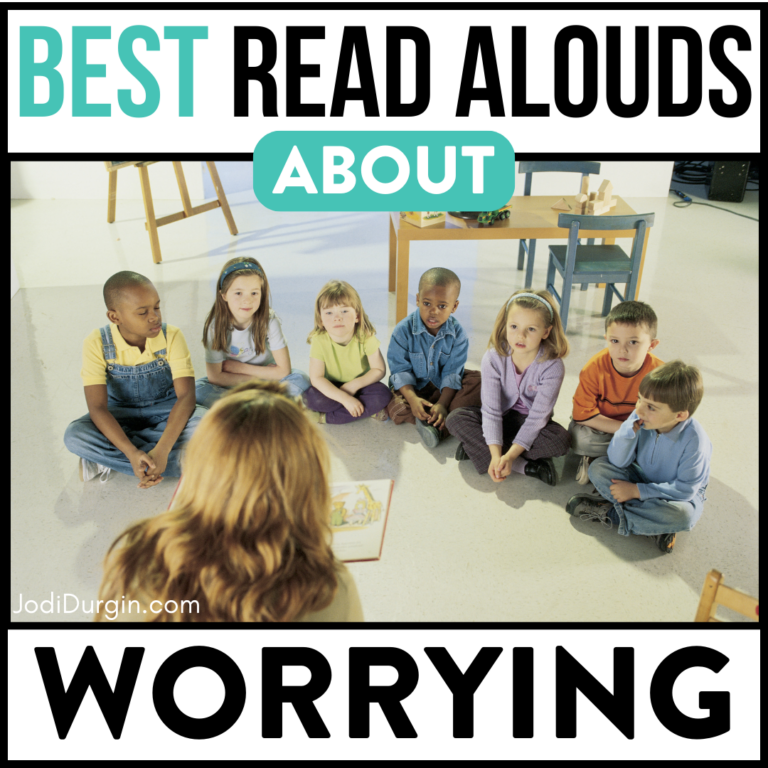If you are an elementary teacher looking to learn how to help your students gain confidence, then you found the right place! Confidence skills prepare kids to face dilemmas and solve problems while believing in their own abilities to do so. Students who are confident believe in themselves and their unique abilities more than students who are lacking confidence. In this post, we’ll go into detail about what confidence is and why it’s important. In addition, we’ll share tips and ideas for teaching confidence skills to students in an elementary classroom setting. Read all about helping students gain confidence in and out of the classroom below!
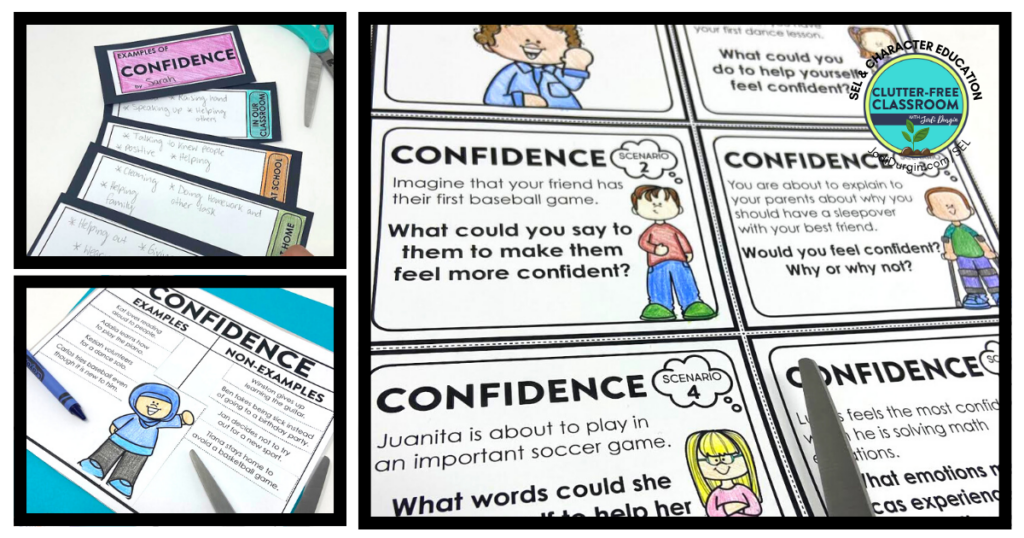
What Does Self-Confidence Mean?
Self-confidence is a feeling of trust in a person’s own abilities, qualities, and opinions. People who are self-confident believe in themselves and know they can do challenging things
Why is it Important for Kids to Have Self-Confidence?
It is important for kids to have self-confidence because it fosters independence in them. Kids who are self-confident can solve problems independently and take on challenging tasks. Being self-confident also helps students develop a growth mindset.
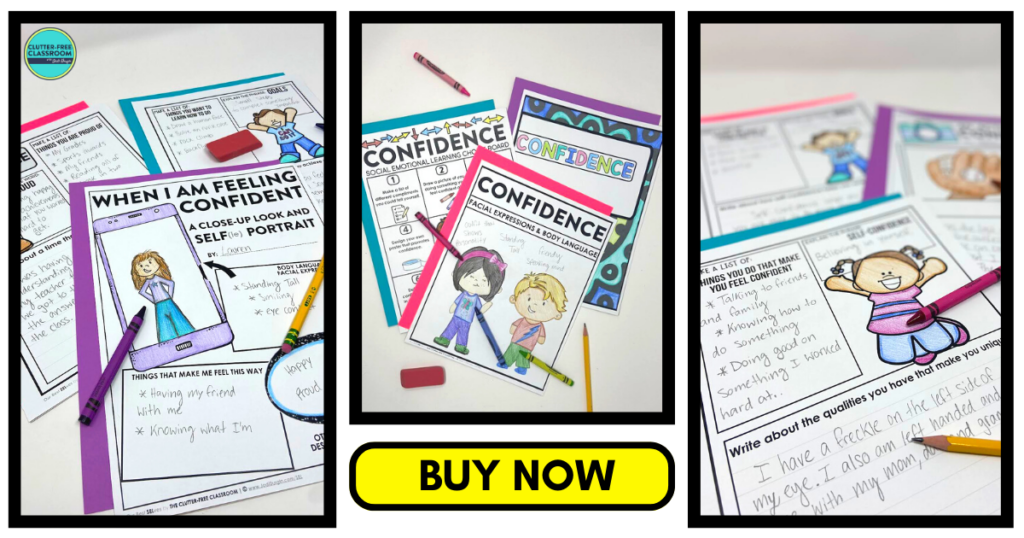
How Do I Know If I Need to Teach Self-Confidence in My Classroom?
The students in your 1st, 2nd, 3rd, 4th or 5th grade classroom would benefit from self-confidence lessons and activities if any of these statements are true:
- Students are constantly saying that they can’t do things.
- Students struggle to get started on their work independently.
- They’re reluctant to try new things.
- They go to an adult first to help when they have a problem.
- They rarely share their answers with the class.
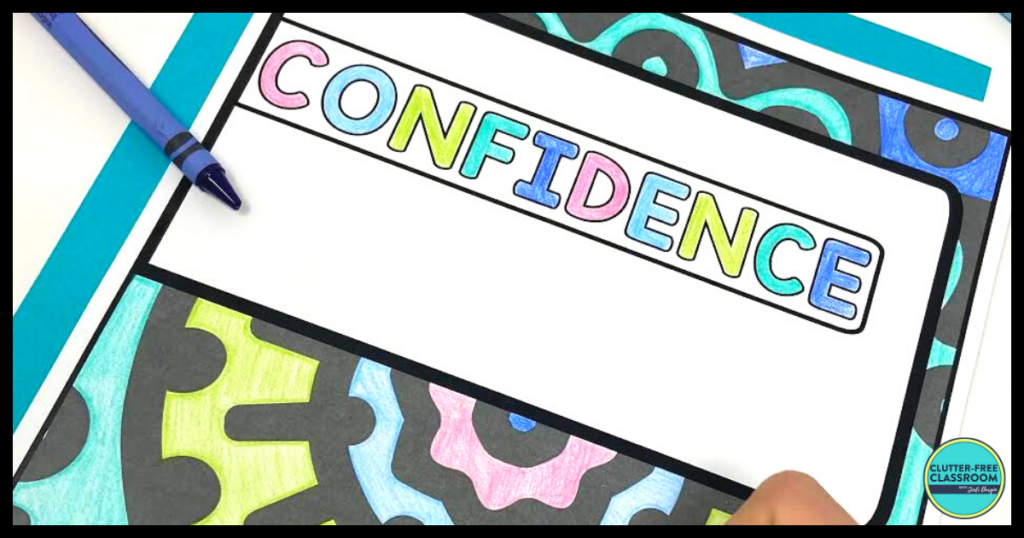
5 Reasons To Promote Self-Confidence In Your Elementary Classroom
Below are 5 reasons to promote self-confidence in your elementary classroom.
1. Self-confidence promotes a growth mindset
Students who are self-confident are more willing to develop a growth mindset. A growth mindset is when you believe that you can get better at doing something through hard work. Students who are confident won’t give up at the first sign of struggle, they will keep working and try new ways of thinking.
2. Students will be more willing to try new things
Students who are confident will be more willing to try new things because they won’t be as afraid of failure as students who struggle to believe in themselves. Developing self-confidence will help students dive into new learning and activities.
3. Students will become independent problem solvers
Having confidence will allow students to become independent problem solvers. Instead of needing to go to an adult first for help, students will believe in their abilities to solve their own problems.
4. Students will believe in their abilities
Students having self-confidence naturally lends itself to students believing their abilities. They will recognize their strengths and believe in themselves. They will be proud of their hard work and determination towards reaching a goal.
5. Students will recognize and appreciate their unique qualities
Students who are self-confident recognize and appreciate their unique qualities and differences. They will notice all the wonderful things that make them who they are and what sets them apart from others. Instead of shying away from being different, they will appreciate it and celebrate it.
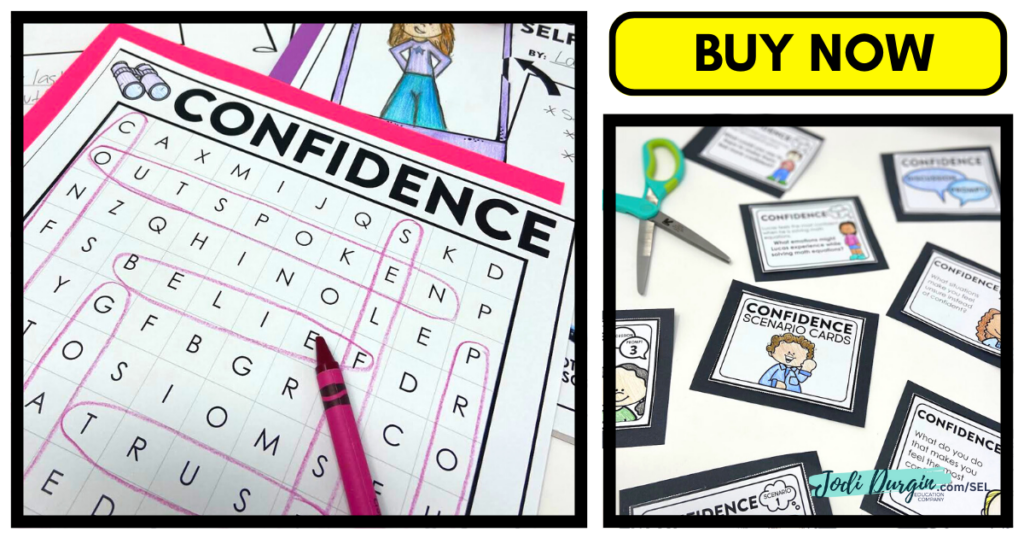
5 Tips and Ideas for Teaching Self-Confidence
Below are tips and ideas for teaching self-confidence to elementary students.
1. Read Aloud Picture Books about Self-Confidence
Picture books are a great way to introduce and teach an SEL topic. It gets students thinking about the topic and activating their background knowledge. Check out this list of picture books for teaching self-confidence!
2. Watch Videos about Self-Confidence
There are tons of free online videos out there that promote social emotional learning. It’s a fun and engaging way to teach SEL skills that your students will enjoy. Check out these videos for teaching self-confidence!
3. Explicitly Teach Vocabulary Related to Self-Confidence
Vocabulary words can help students develop understanding of self-confidence and create connections through related words. Our self-confidence SEL unit includes ten vocabulary cards with words related to the SEL topic. It is important for students to be able to see, hear, and use relevant vocabulary while learning. One idea for how to use them is to create an SEL word wall as students learn the words.
4. Provide Practice Opportunities
When learning any skill, students need time to practice. Social emotional learning skills are no different! Our self-confidence SEL unit includes scenario cards, discussion cards, choice boards, games, and much more. These provide students with opportunities to practice the skills independently, with partners or small groups, or as a whole class.
5. Integrate Other Content Areas
Integrating other content areas with this topic is a great way to approach this SEL topic. Our self-confidence SEL unit includes reading, writing, and art activities.

Skills Related to Confidence
Confidence, in the context of social emotional learning (SEL) or character education, refers to a belief in one’s abilities, qualities, and self-worth. While “confidence” is a commonly used term, there are other words and phrases that convey a similar meaning. These alternative words highlight aspects of self-assurance, belief in oneself, and a positive mindset. Here are some other words used in the context of confidence:
- Self-assurance: Having faith in one’s abilities and judgments.
- Self-belief: Having a strong conviction and trust in oneself.
- Self-esteem: A positive evaluation and regard for one’s own worth and value.
- Poise: Demonstrating composure, grace, and confidence in social situations.
- Self-efficacy: Believing in one’s ability to accomplish goals and overcome challenges.
- Self-confidence: Trusting in one’s own skills, knowledge, and capabilities.
- Assertiveness: Expressing oneself confidently, standing up for one’s rights and opinions.
- Inner strength: Having resilience, determination, and a strong sense of personal power.
- Self-reliance: Relying on one’s own abilities, resources, and judgment.
- Positive self-image: Holding a favorable and realistic perception of oneself.
These terms reflect the concept of confidence and encompass the qualities and mindset associated with believing in oneself and one’s abilities within the context of social emotional learning (SEL) or character education.
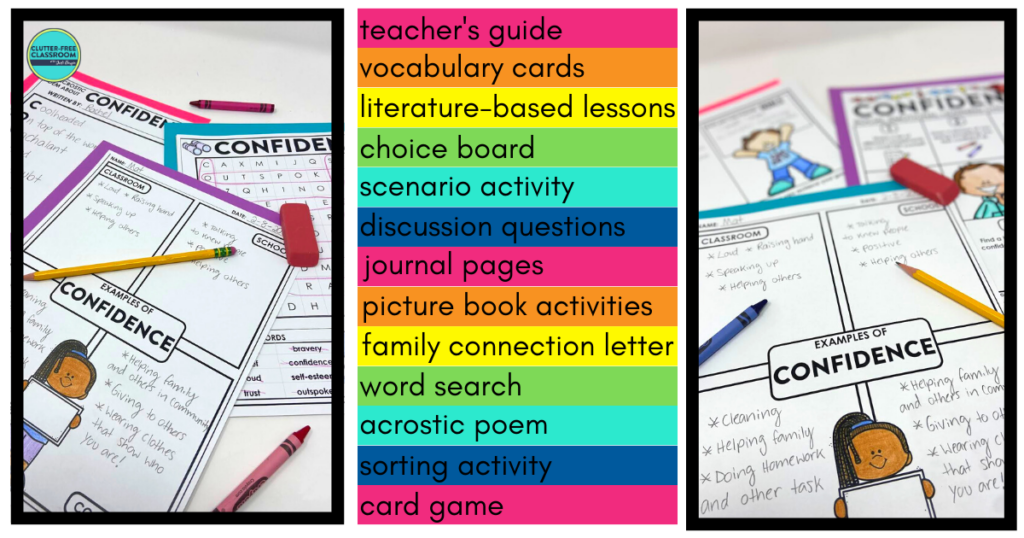
Download the SEL Activities
Click an image below to either get this individual confidence unit or get ALL 30 SEL units
In closing, we hope you found this information about teaching self-confidence skills to students helpful! If you did, then you may also be interested in these posts.

